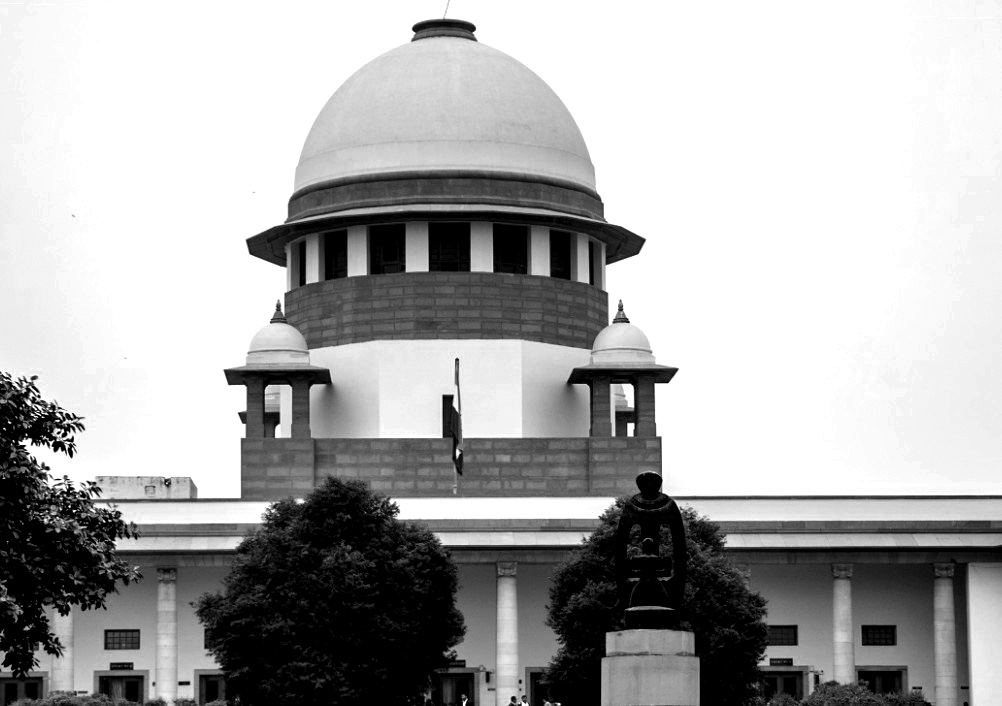Fragmentation of site/building is specifically prohibited under Chandigarh Building Rules, 2017: P&H HC

Read Order: Residents Welfare Association and Another v. Union Territory of Chandigarh and Ors
Tulip Kanth
Chandigarh, November 25,2021: The Punjab and Haryana High Court has recently directed the Chandigarh Administration to make sure that a public notice be carried at periodic intervals in the Newspapers and the notice be drafted by the Administration to include that Fragmentation of site/building is specifically prohibited under the Chandigarh Building Rules, 2017.
It also has to include that Chandigarh Administration does not recognise ownership rights over any floor/part of any site/building by virtue of purchase of a share thereof or on account of a Memorandum of Understanding having been entered into between the cosharers. The purchaser only becomes a co-owner/co-sharer in the entire site/building which remains in joint ownership.
Along with the aforementioned directions the Bench also mentioned that in case a dispute arises between the co-sharers/co-owners the only remedy would be to put the property to auction and the sale proceeds thereafter to be distributed as fragmentation/division of the building/site by metes and bounds is specifically prohibited.
Similar stipulations have been asked to be incorporated compulsorily in the Affidavit to be submitted by the purchaser/vendee at the time of execution and registration of the sale deed as also at the stage of submitting transfer applications for entering of mutation in the name of purchaser in the records of the Estate Office.
Herein, the petition had been filed in public interest seeking issuance of directions to restrain the official respondents/Chandigarh Administration from permitting residential plots in the Union Territory of Chandigarh to be constructed or utilised as apartments.
The factual situation of this case was that the Chandigarh Administration notified rules called the Chandigarh Apartment Rules, 2001 whereby even ‘single residential units’ could be subdivided into apartments. There was a huge outcry against the provision for having apartments on the grounds that such activity would completely alter and finish the character of the city and the existing infrastructure was wholly insufficient to take on the extra load.
Under such a situation the Apartment Rules were repealed by a Notification dated October 1,2007. Inspite thereof a large number of ‘single residential units’ have been surreptitiously converted into apartments. The residential plots being self contained units cannot be further subdivided into separate units and neither sale of independent units even floor-wise is permissible.
A modus was also stated to be rampant in the City whereby a builder/developer purchases the entire ‘residential unit’ and thereafter seeks three individual people/families, inducing them to buy apartments in such composite residential unit viz. Apartment No.1 which normally comprises of the ground floor along with basement, apartment No.2 which is the first floor and apartment No.3 which is the second floor along with roof rights/barsati.
To put such modus in operation, 50% share of the residential unit is registered in the name of the person choosing to pick up apartment No.1, 30% share in lieu of apartment No.2 and 20% share in lieu of apartment No.3. Thereafter these three separate investors/buyers are made to enter into an internal Memorandum Of Understanding regulating the manner in which the separate floors constructed on one single residential unit are to be utilised.
The Division Bench of Justice Tejinder Singh Dhindsa and Justice Vivek Puri stated that sale of share(s) by owner or co-sharer of a residential site/building is not prohibited under the Capital of Punjab (Development and Regulation) Act, 1952, or Rules framed thereunder. A sale of share does not amount to fragmentation. Fragmentation will take place only if there is a division of the site or division of the building with an element of exclusive ownership i.e. partition by metes and bounds.
A co-owner can occupy specific/separate portions of the joint holding. The status of such property/building would remain joint and such joint status would come to an end only upon severance of ownership. Such severance of ownership can only be by way of partition by metes and bounds which in turn would fall within the scope and ambit of the term ‘fragmentation’., added the Bench.
The Court went on to note that a plain reading of the rules and relevant parts of the Chandigarh Master Plan-2031 bring forth that “residential building” and “dwelling unit” are two separate concepts. More than one dwelling unit is envisaged within a ‘residential building’ and concept of single family use is only relatable to a ‘dwelling unit’ and not to a ‘residential building’
The contention raised on behalf of the petitioner-association that occupation/possession of a specific portion be it a floor of a joint property by a co-owner amounts to ‘apartmentalization’, was also rejected by the Court.
The Bench also directed the Administration to initiate necessary steps to criminally prosecute, in accordance with law, such persons who may misrepresent through any medium as regards sale of floor/storey/specific portion of a site/building.
Sign up for our weekly newsletter to stay up to date on our product, events featured blog, special offer and all of the exciting things that take place here at Legitquest.




Add a Comment